This publication explores the trends causing changes, creating opportunities and requiring new skills for those working in fashion in the next few years.
The trends that continue to shape the global business environment have a unique impact on fashion and retail. The opportunities presented by business trends show how jobs are changing and will continue to evolve. We look at four key trends what they mean for our industry and how they affect the skills we need in the industry:
We look at what they mean for our industry and how they affect the skills we need in the industry. With each trend, technology will play a role in supporting, driving, and enabling change. Organisations of all sizes will benefit from understanding how trends are moulding skills and sparking innovation.
Digital assets create tools for change as well as driving innovation. Within fashion and retail, it creates new business models, products and types of consumers.

The acceleration of different businesses adopting digital technologies shows no sign of slowing down. According to Statista, direct investments in digital transformation will go up to $2.8 trillion by 2025.
Although we see some shifts in where that investment is being directed, for example, Robotic Process Automation software is seeing its growth flatten as customers move towards more AI native solutions. What is clear is that digitalisation is still broad and hits all types of businesses.
Within the wide trend of digitalisation lies an interesting phenomenon of how digital assets are changing industries, driving new modes of thinking, and realising bold business objectives. In finance, the increasing focus on digital currencies is a clear progression from fintech – which digitally transforms the business model, to crypto – which tries to digitally transform the product offering. When we talk of digital assets for fashion and retail, this covers everything from photographs of physical assets to digital products that are sold through vehicles like non-fungible tokens. This is a far-reaching world - covering everything from product lifecycle management to customer interactions with brands.
The digitalisation trend presents opportunities for brands to rethink how products are created. Digital assets are expanding from the data behind the categorisation of physical items to product ranges created and managed entirely digitally before they even reach production. Brands like Hanifa showcased the reach of this by taking a range from con-ception to a very public catwalk entirely digitally. If this model of operation is adopted more widely, it impacts the skills and materials that need to be supplied to meet the need.
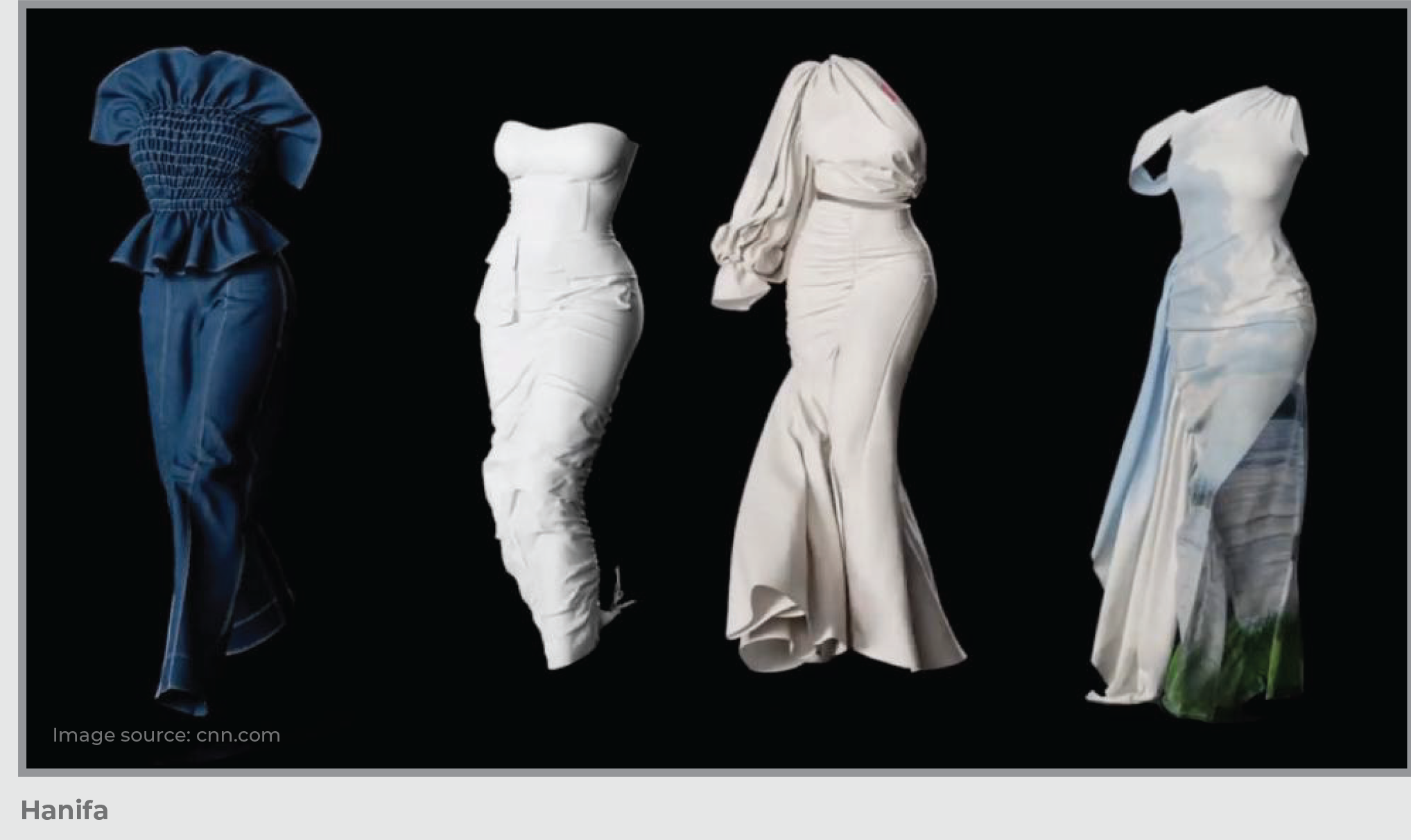
As the business world has embraced information technology, the skills needed to maintain a healthy business have followed suit. In 2021, Gartner reported that 39% of job adverts asking for digital skills were from non-IT functions. The same mirror effect is likely to happen as digital assets increase, more of fashion companies’ pure propositions will rely on having a strong and well managed set of digital assets and a number of roles will need to consider how their work relates to the digital assets being sold, maintained, or utilised by their company.
Tools wise, individuals in charge will need to ensure there is a strong architectural strategy driving purchasing decisions, integrations are seamless and employees well trained.
The increasing use of digital showrooms and catwalks put CAD, CGI and digital design skills in high demand.
The reach of digital assets can go even further. They will continue to drive new modes of thinking, not just for industry professionals but also for customers. This space is still relatively open and unexplored - the current focus is on how customers can buy digital products rather than co-create them. The social media driven creator economy has shown public appetite to step into the design process if they are given the tools. The question for fashion is - could the increasing use cases of digital assets lead to trends of democratisation within our industry? Widespread digital tools lowers the barrier of entry for new and small designers to digitally realise their ideas – this might spread to customers too. This would be an extension of the customisation tools provided to major brands such as Nike. As consumers start to utilise these skills more, we might see an increase in collaboration and jobs created around helping creative influencers co-create with big brands in the digital sphere.
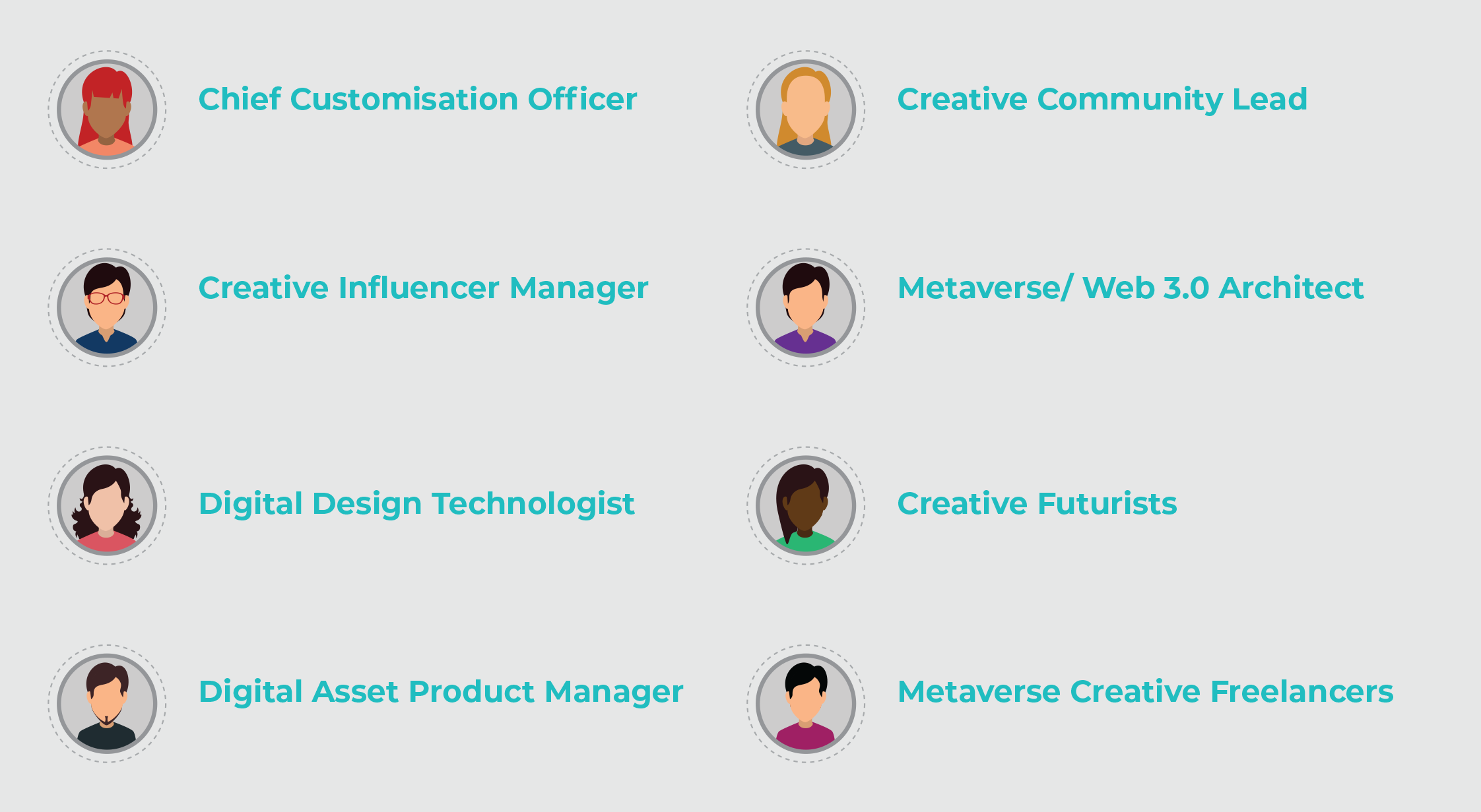
As data continues to drive decision making, competition for talent spans industries.

The trend of data-based decision making shows no sign of slowing down. Data is being used today to help businesses understand customers, streamline operations, and manage processes. Data is an industry as well as a driver of change.
The worldwide market is expected to grow to $103 billion by 2027, up from $7.3 billion in 2011.
Musicians are using data to strategically build customer bases, financiers to algorithmically trade, and farmers to manage yield.
According to McKinsey, the data-driven enterprises of the future will free employees up to focus on “human” domains. For Fashion, this promise resonates allowing a creative industry the freedom to do what they are best at: experiment, innovate, design. The rhetoric of industry professionals – that design, trend prediction and customer understanding is an art as well as a science aligns.
Within the fashion industry, data is already used to improve the efficiency of back-end functions Manufacturers already use data to understand bottlenecks, predict sales and forecast demand. As our AI tools get more sophisticated these applications are likely to deepen and expand, with a fundamental knock-on effect on organisational skills makeup. Namely, the amount of roles that will need to deal with data – either from an analytics, collection or impact perspective will expand. All functions – from merchandisers to personalised stylists will see disruption from data driven decision-making. There is an opportunity to embrace the change - imagine stylists using data driven digital tools to create customised wardrobes for clients based on their aesthetic preferences, lifestyle and local climate considerations. Then tools to recommend size and visualise garment try-on can further assist in the process.
As the use of data to drive decisions is not a reality just for fashion but across every industry, this puts apparel companies in direct competition with a range of other industries for skills and talent. The structure of an organisation’s data has a large impact on how it can be used and structuring data well takes years of education and practice. To cater for an increasing demand, we might see an increase in fashion specific data consultancies or freelancers, allowing organisations to boost their skillset without competing across industries for talent. In short, the skills needed to support data driven organisations opens/ expands a new frontier for the fashion industry. This has a knock-on effect on the tools profile of an organisation - similarly to digital assets, companies that succeed will have a strong architectural vision for how data flows through legacy and new systems.
Jobs in focus will be data scientists, editors and engineers to support both analytics and customer relationships. Data professionals and tools are already involved in decision making around business operations. The interesting space is the potential for this to extend to customer decision making and deeper collaboration between brands and customers – with items being targeted based on a wearer’s pre-existing collections as well as their future wants. Here, the role of customer psychologists comes into sharp focus. As stylists leveraged social tools, such as WhatsApp, to reach customers; customer psychologists will be using data to further understand the needs and behaviours of buyers.
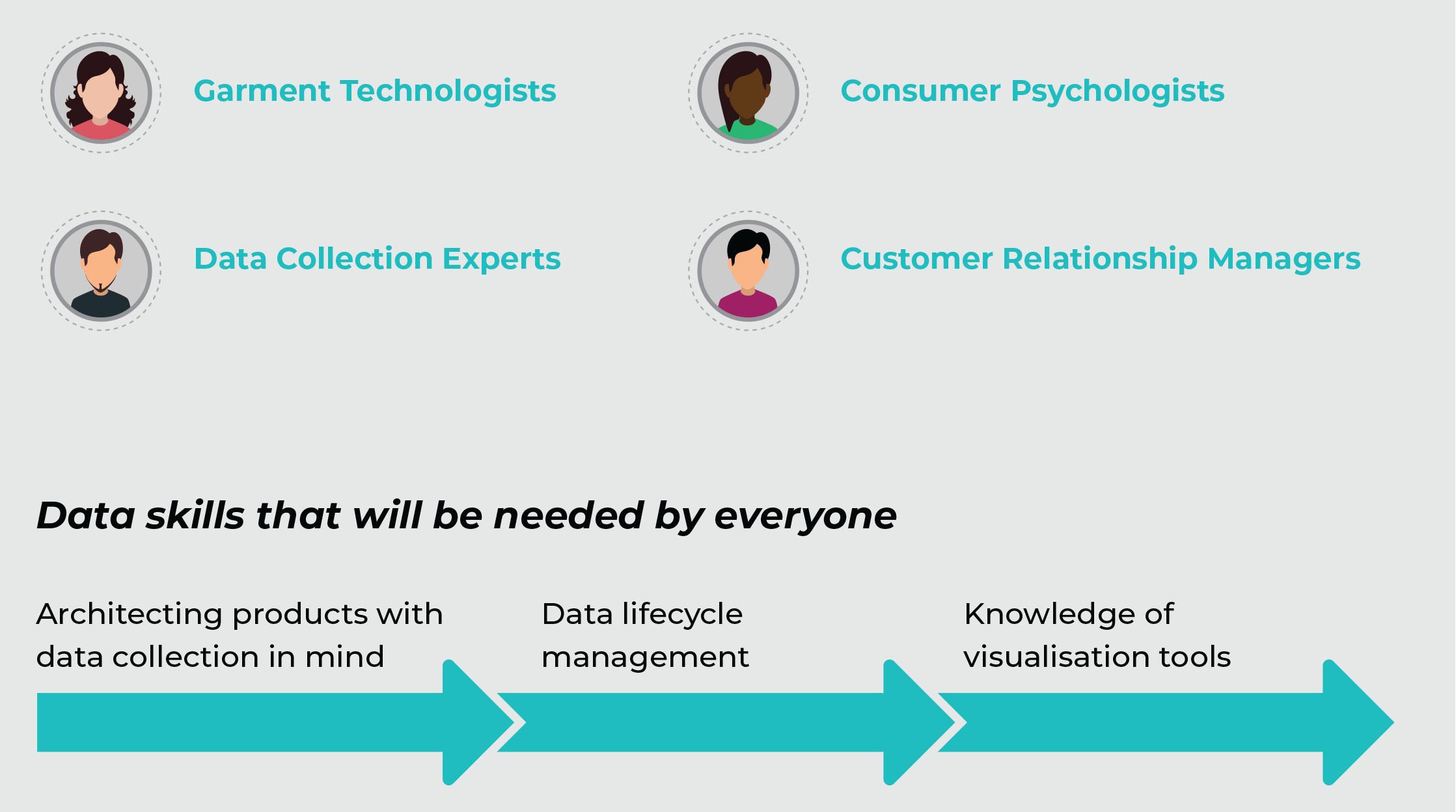
Sustainability based innovation, and the widening definitions of sustainability organisations (rise in ESG), need for diversity and inclusion.

Sustainable business practice includes all aspects related to the environment, society and governance. Organisations today are continually trying to make this vision a reality and as they do so new jobs and business models are created. The demand for Chief Sustainability Officers, Diversity Executives and Risk Managers is on the rise. The first Chief Sustainability Officer was appointed in 2004 at Dupont, now nine in ten companies in the FTSE 100 have one9. Although the sustainability function has been interesting we see how the rise of these business functions affects a number roles in business. Firstly, the sustainability teams have increasingly needed to be digitally savvy to do their roles. Secondly, we are likely to see the reach of sustainability skills will increasingly echo digital skills- everyone, from merchandisers to brand managers will need a base level of environmental, social and governance skills to perform their roles.
The increased awareness, paired with developments in technology has changed the shape of the fashion industry, creating new roles. The increased focus on the need to lower carbon footprints has transformed the second- hand market, and technology has been used to fuel that change.
The resale of clothes is now firmly an online business with an estimated market size of $43 billion (USD), up from $11 billion (USD) in 2012.
Moves towards greater sustainability, from an environmental, social and governance perspective have been closely coupled with innovation.
At Metail, we have written before about how the adoption of technology will help businesses reduce waste and realise their environmental goals. Companies like Novi, Supply Compass, Dayrize and Provenance are already providing organisations with the digital tools for this - employees in house will need to be digitally savvy enough to utilise them.
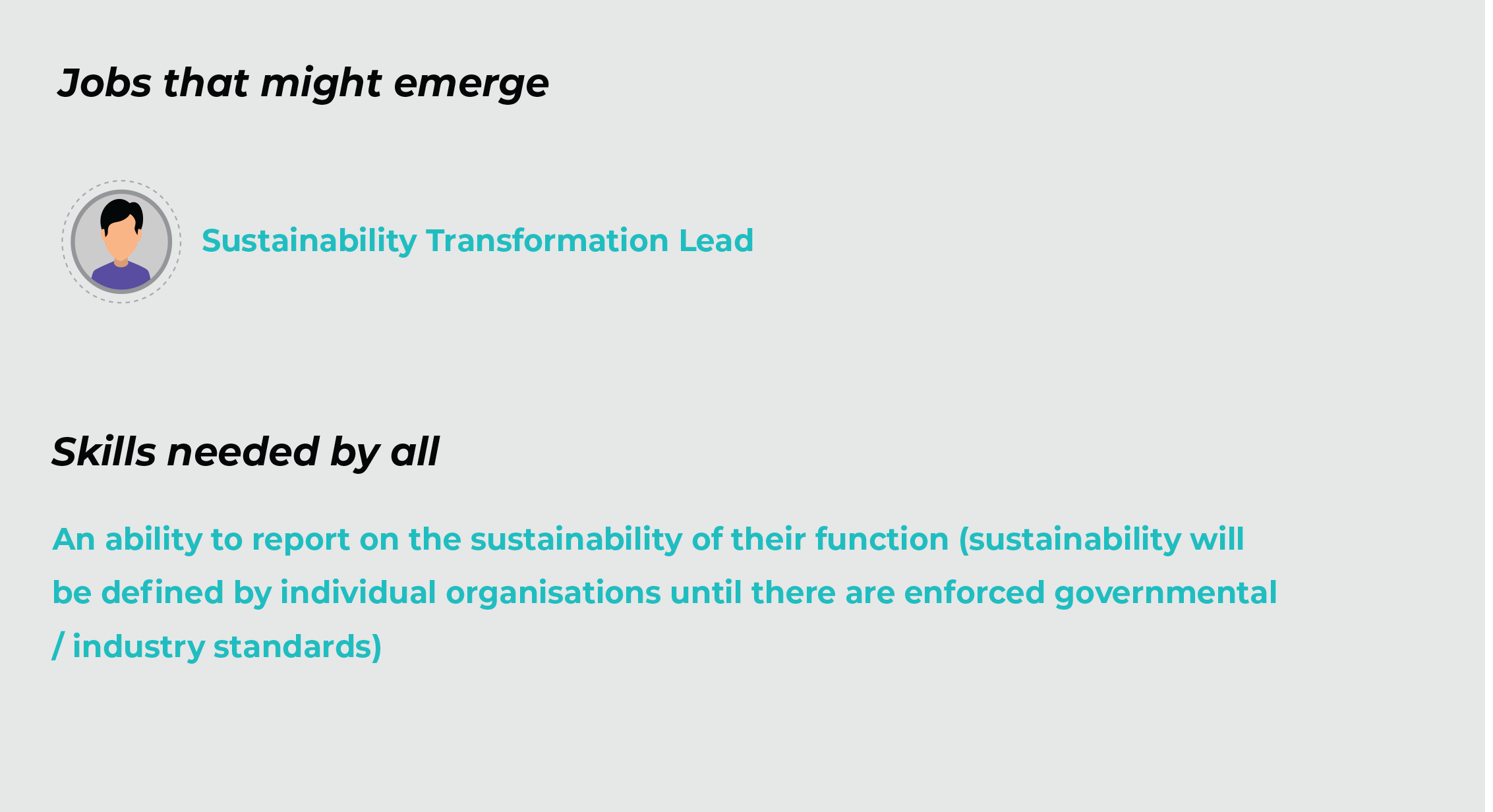
The nature of the global workforce is continually shifting. Two lenses present the fashion industry with interesting opportunities.

Firstly, the geographical shifts in the global economy will have an impact on where products are conceptualised and consumed. Secondly, the growth of the gig economy, increase in freelancers and proliferation of remote working. The gig economy alone is expected to reach 455 billion dollars in volume by 2023, over double its 2018 size. It is estimated that half of nominal global GDP will come from Asia (excluding Japan) and Sub-Saharan Africa. With growth and change comes space for innovation.
Geographical shifts in economic power has a direct impact on where fashion is being produced and consumed at volume. This is already evidenced through the investment in the creation of new cultural hubs, Lagos is a prominent example with a growing number of homegrown and international designers focussing on this part of the world. Critically, consumers in these geographies, Asia in particular, have shown a preference towards local brands and products.
Interestingly, many designers from these geographies have woven sustainability and digitalisation into the fabric of their operations- leapfrogging industry debt and questions of transformation. They are digitally native and sustainability first. The rise in the gig-economy and freelancers presents opportunities to collaborate with local designers and those who understand the specifics of each economy. Of course, industry professionals will need to ensure they monitor labour laws and keep on the right side of ethical risks. Further, the importance of locality could further fuel the need for provenance reporting tooling and software.
The impact of the shifts in workforce composition on fashion companies is direct and visible. Many considerations are not industry specific, the question of how to manage an augmented workforce is open to all companies operating in this manner. The real question for fashion companies is: how best can each company realise the benefits of evolving ways of working? The answer to this is company specific, however there are strong use cases for specific types of freelancer and gig work. For example, using freelancers for collaborations and gig workers for cutting edge tech work that is hard to hire.
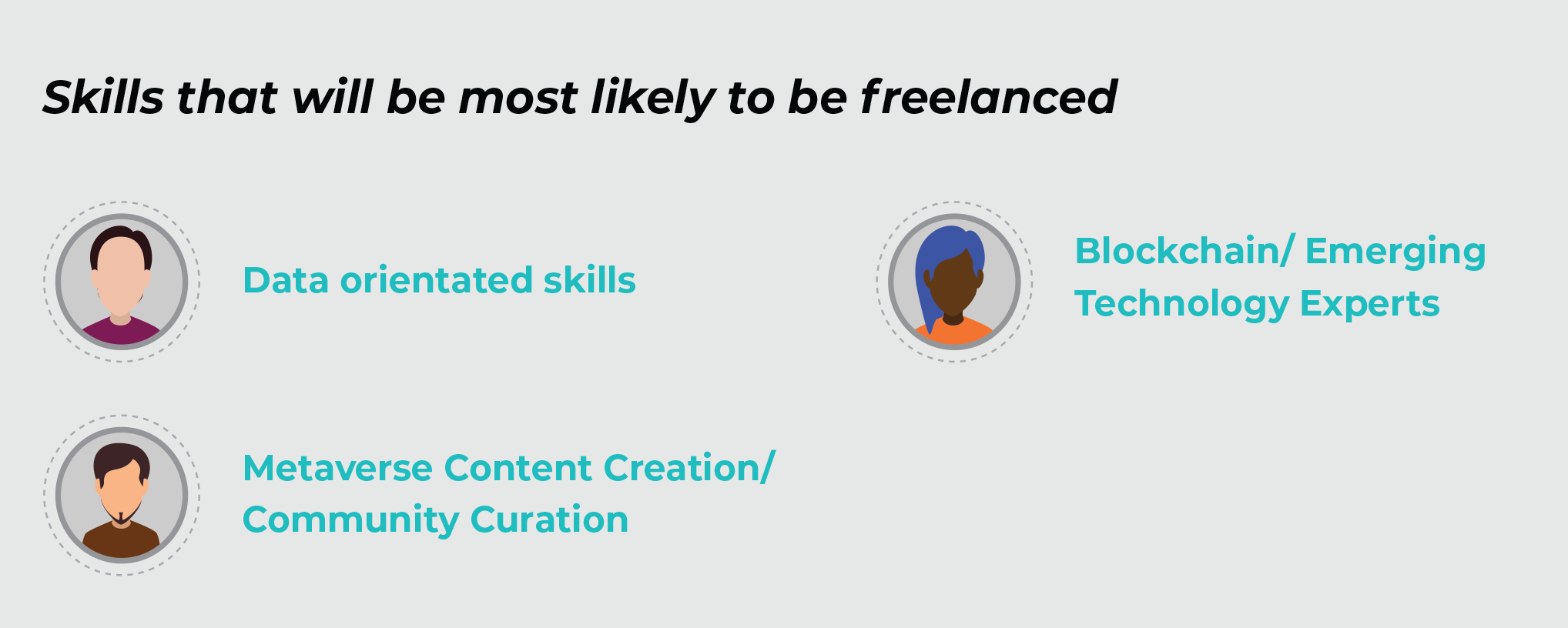
Global business trends affect all fashion companies, regardless of size. For smaller businesses, these trends present opportunities to bypass industry “debt”. For larger organisations, there will be a real need to continuously build skills into the workforce, higher investment in continuous development tools. Employers and employees will continue to evolve as we transition to an ever more digital, data led, sustainability aware world.
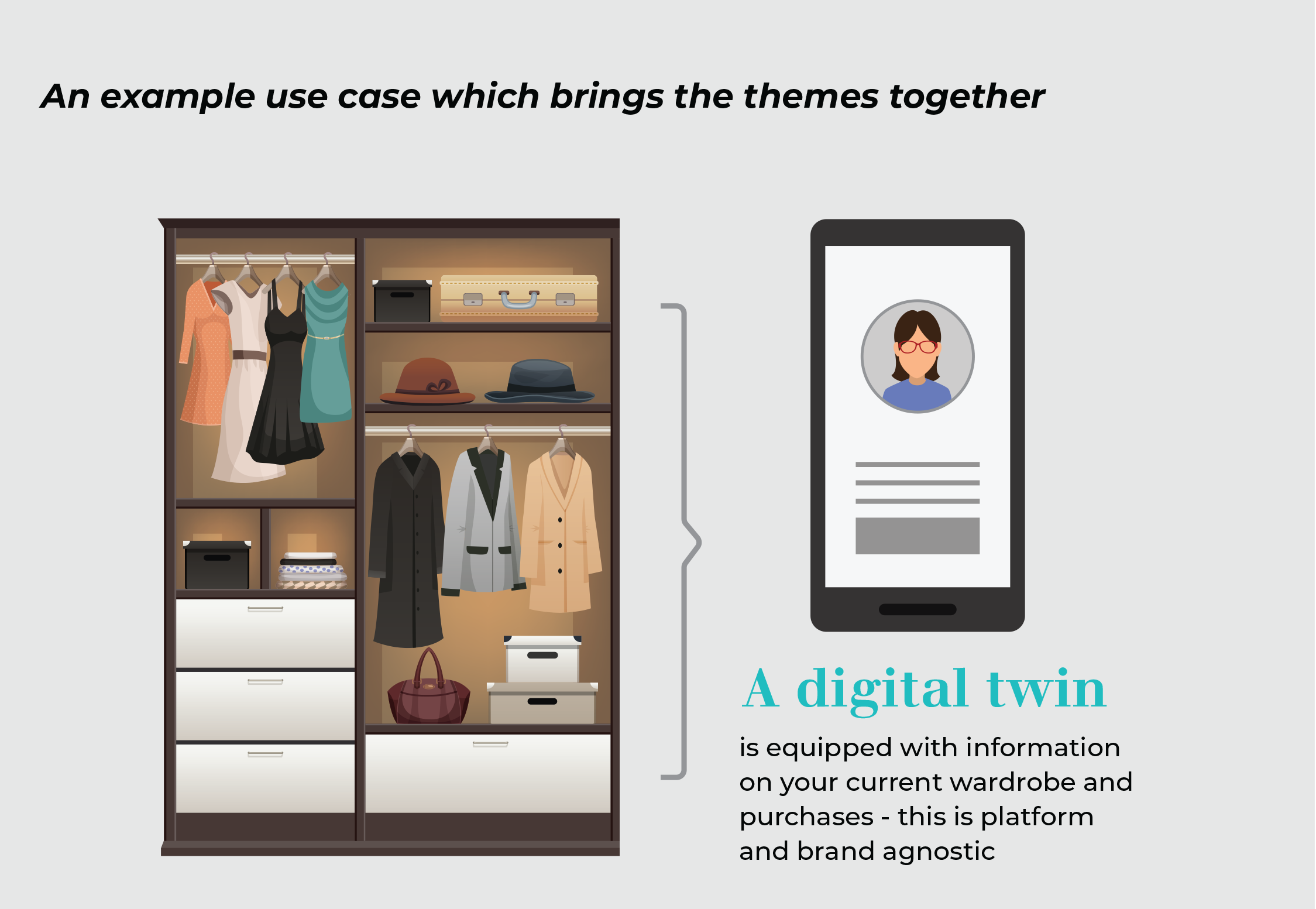
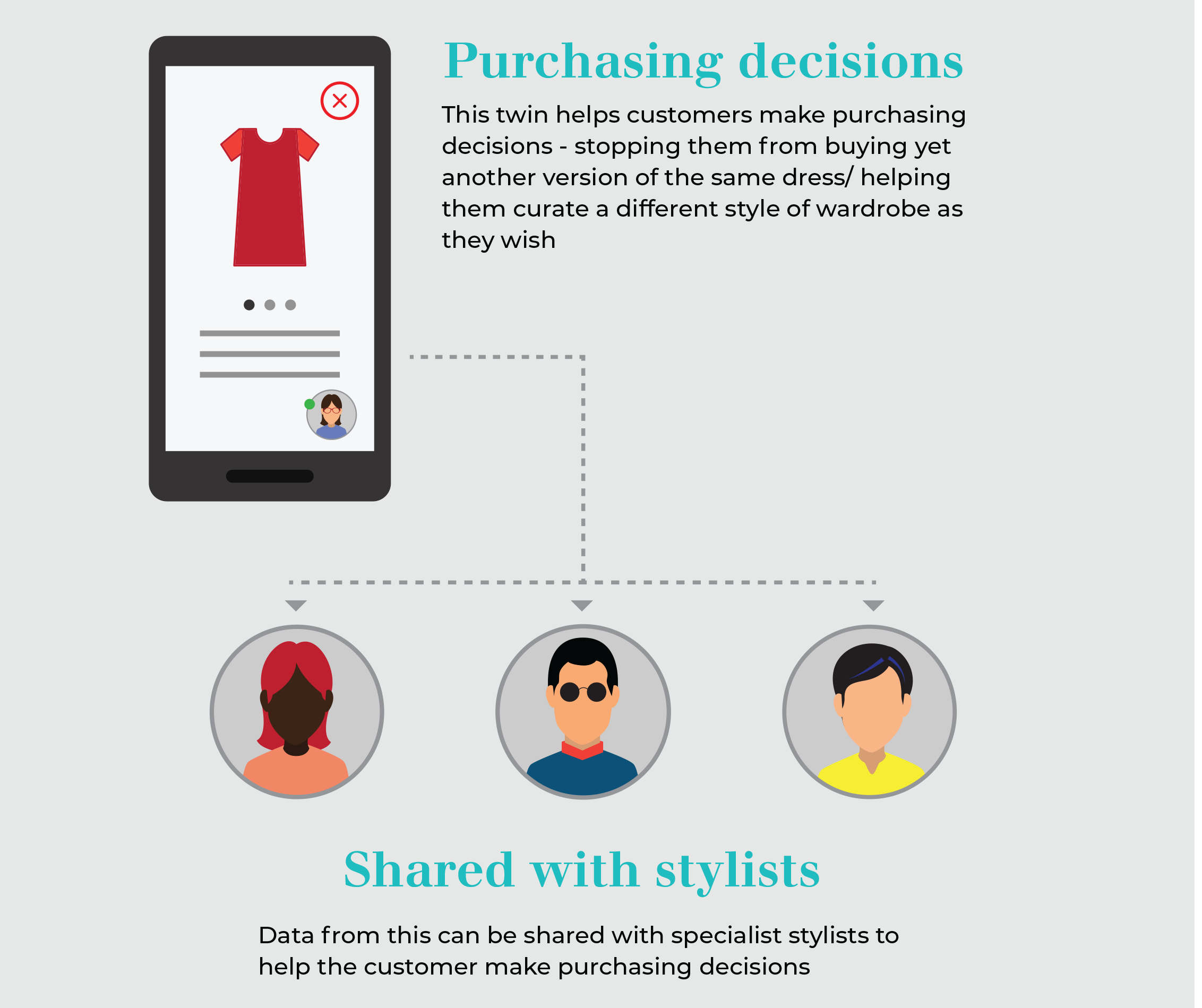
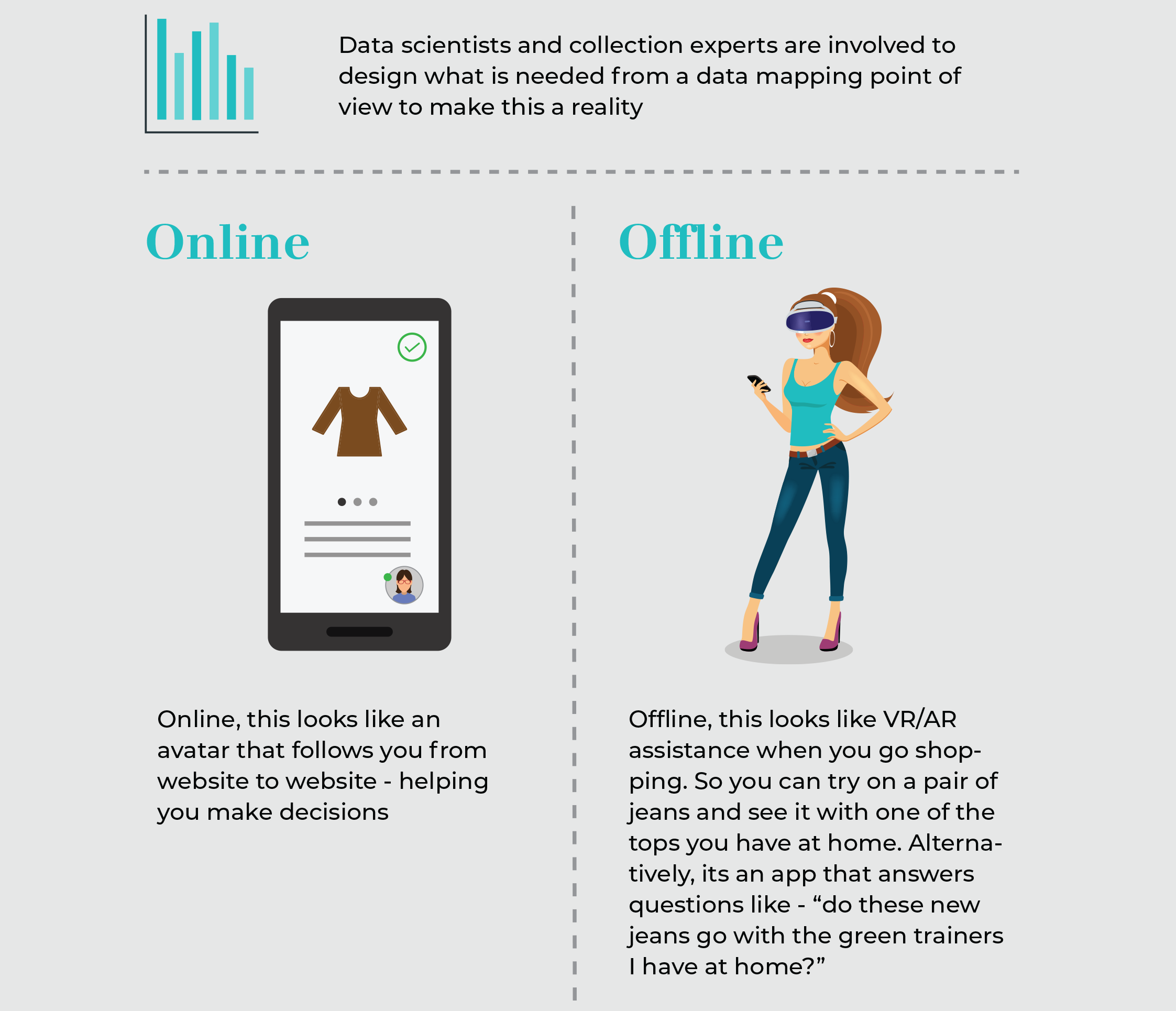
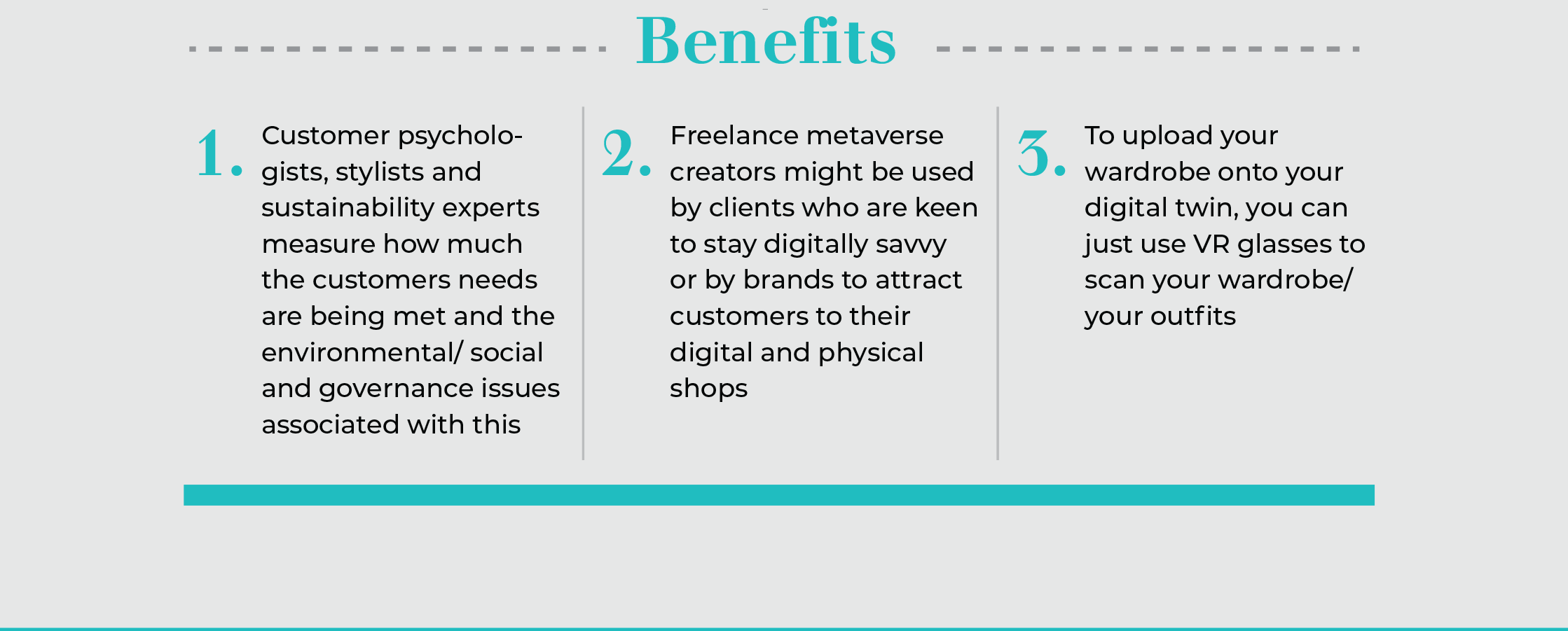
Download the Report (PDF) today and join the conversation on Digital Skills in the fashion industry.